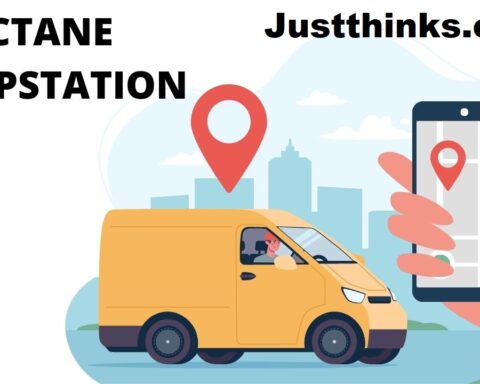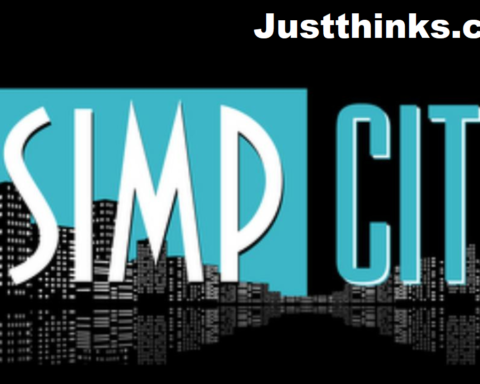Introduction
In the dynamic realm of project management, effective planning and prioritization are the cornerstones of success. Jira, a widely-used project management tool, introduces a pivotal concept known as the backlog. The intricacies of backlogs in Jira, unraveling their significance, dynamics, and impact on Agile methodologies.
Defining the Backlog in Jira:
At its essence, a backlog in Jira is a curated list of tasks, stories, features, or issues that are yet to be addressed by a development team. This repository of work items serves as a reservoir, housing everything from user stories to bugs and tasks that await attention. The backlog embodies the principle of flexibility, enabling teams to adapt to changing project requirements and priorities seamlessly.
Categorizing Work Items:
The backlog in Jira is not a one-size-fits-all container; instead, it accommodates a diverse range of work items, each categorized based on its nature and relevance. User stories, representing end-user functionalities, often take center stage. Accompanying them are tasks, which break down larger stories into manageable components. Bugs and defects find their place in the backlog, awaiting resolution. This categorization ensures that every aspect of the project, be it a new feature or a bug fix, is systematically organized within the backlog.
Prioritization: The Heart of the Backlog:
One of the pivotal functions of the backlog is to serve as a prioritization mechanism. The items within the backlog are not static; instead, they are arranged in order of priority. This prioritization is a collaborative effort involving the product owner, team members, and stakeholders. Various factors influence this ranking, including business value, urgency, and dependencies. The top of the backlog represents the most critical and valuable work items that the team should address first.
Dynamic Evolution of the Backlog:
The beauty of the backlog lies in its dynamic nature. It is not a stagnant list but rather an evolving entity that adapts to the twists and turns of a project’s journey. New items can be seamlessly added to the backlog as fresh insights emerge or as new requirements surface. Equally important, the priorities of existing items can change, reflecting the dynamic nature of project management. This adaptability is crucial for Agile teams working in environments where change is the only constant.
Visualizing the Backlog in Jira:
In Jira, the backlog is not just a conceptual entity; it is a visual representation that aids in effective management. Agile boards, such as Scrum boards or Kanban boards, serve as the canvases where the backlog comes to life. The backlog is prominently displayed on these boards, providing teams with a comprehensive view of the work that lies ahead. The visual aspect is paramount for transparency and collaboration, allowing team members to easily drag and drop items to manage their priority and status.
Sprint Planning and Backlog Interaction:
In the Scrum framework, an Agile methodology widely implemented in Jira, sprint planning sessions are a pivotal element of the development cycle. During sprint planning, the team selects a subset of items from the top of the backlog to work on during the upcoming sprint. This transition from the backlog to the sprint signifies a commitment from the team to complete these items within the sprint’s defined timeframe. The backlog thus acts as a reservoir from which the team draws its commitments for each sprint, creating a structured and iterative development cycle.
The Backlog’s Role in Agile Methodologies:
The backlog is inseparable from the Agile methodologies that govern modern software development. Agile methodologies, such as Scrum and Kanban, emphasize adaptability, collaboration, and customer satisfaction. The backlog is the linchpin that aligns these methodologies with the practicalities of project execution.
In Scrum, the backlog is the backbone of sprint planning. It facilitates the selection of work items for the upcoming sprint, ensuring that the team focuses on the most valuable and relevant tasks. The backlog’s prioritization mechanism aligns with the Scrum principle of delivering high-value increments in a short time frame.
In Kanban, the backlog plays a slightly different role. While Kanban doesn’t have fixed-length sprints, the backlog still acts as a reservoir of work items. The team pulls items from the backlog based on capacity and demand, maintaining a continuous flow of work. The visual representation on the Kanban board ensures that everyone has visibility into the work items, their status, and potential blockers.
Visibility and Communication:
Beyond its functional roles in planning and prioritization, the backlog in Jira also serves as a communication tool. It provides visibility into the upcoming work, allowing team members, product owners, and stakeholders to understand what is in the queue and what will be addressed in future development cycles. This transparency is vital for effective collaboration, as it ensures that everyone involved is on the same page regarding project priorities and progress.
Themed Delights: Uncovering Special Nights in Kata
Kata Beach surprises visitors with themed nights and special events that add a touch of excitement to its nightlife. Some venues may host themed parties, live performances, or other unique events that cater to a diverse range of tastes. These themed delights inject variety into the nightlife experience, ensuring that every night in Kata has the potential to offer something new and unexpected. Exploring the local listings or consulting with locals can guide visitors to the hottest themed events, turning a regular night into an unforgettable adventure.
Conclusion:
The backlog in Jira is not merely a digital list of tasks; it is a dynamic and integral component of modern project management methodologies. Whether steering Scrum sprints or facilitating Kanban’s continuous flow, the backlog ensures that teams navigate their projects with agility and efficiency. As a repository of work items, it categorizes, prioritizes, and adapts to the evolving needs of a project. The visual representation on Agile boards enhances collaboration and transparency, fostering an environment where teams can deliver value iteratively. Jira’s implementation of the backlog transcends the digital realm, guiding development teams through the complexities of project management with finesse and flexibility. As the heartbeat of Agile methodologies, the backlog in Jira resonates with the rhythm of progress, propelling projects toward success in the ever-changing landscape of software development.






